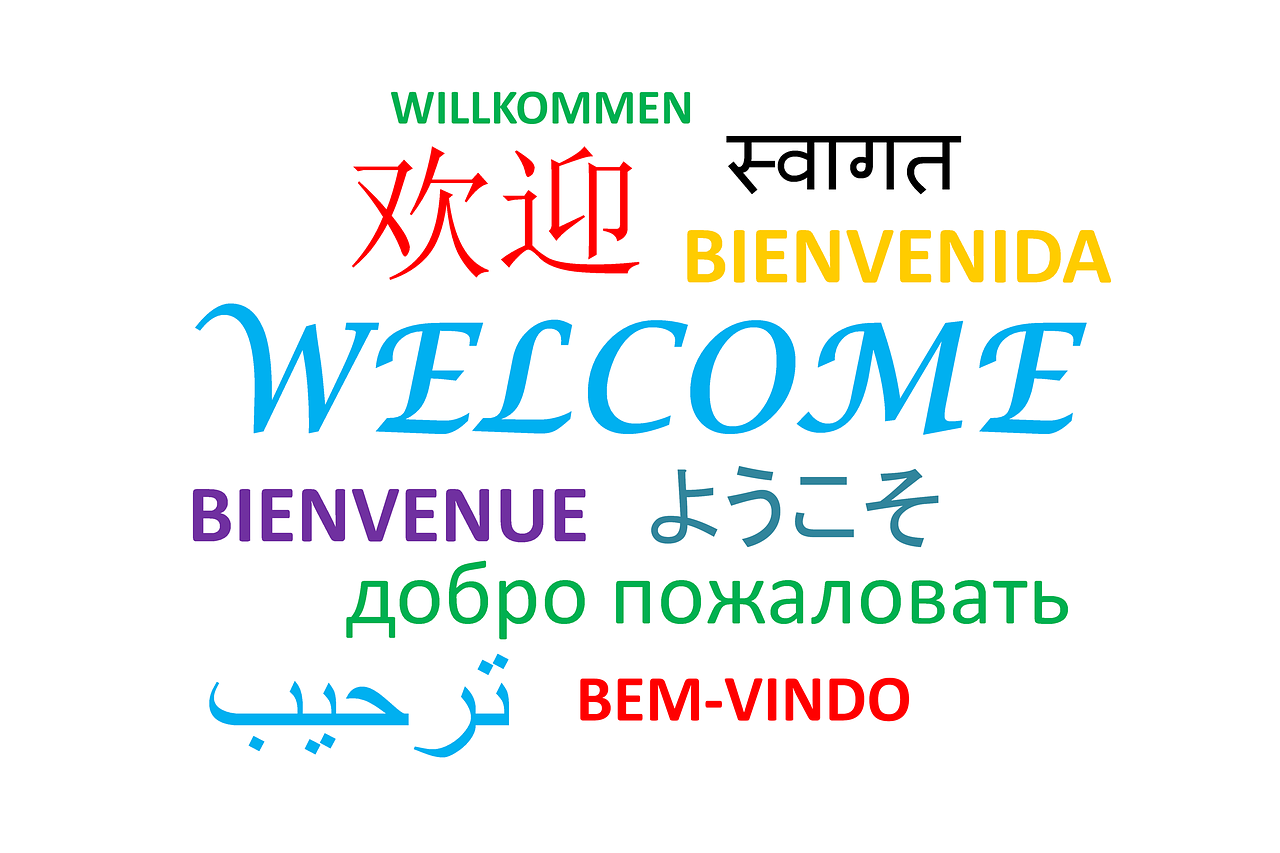Imagine walking through the ruins of an ancient city, the wind carrying faint echoes of conversations from a time long past. These whispers are the remnants of lost languages, once vibrant and alive, now fading into the annals of history. But what if we could harness the power of modern technology to breathe life back into these forgotten tongues?
The Silent Disappearance of Languages
Every two weeks, a language dies with its last speaker. It’s a somber statistic that underscores the rapid pace at which our linguistic diversity is dwindling. With the loss of each language, we lose not just words, but entire worldviews, histories, and cultural nuances.
However, in this age of rapid technological advancement, we’re witnessing an unexpected ally in the fight against linguistic extinction: the digital realm.
AI: The Unexpected Linguist
Artificial Intelligence, often seen as the harbinger of futuristic technologies, has found a unique role in the world of linguistics. Researchers are now using AI to document and analyze the intricate patterns of endangered languages. By feeding vast amounts of linguistic data into these systems, AI can predict and generate grammatical rules, vocabulary, and even pronunciation guides.
Take the case of the Ainu language in Japan. With only a handful of native speakers left, the race was on to preserve this unique tongue. Researchers used AI-driven voice recognition tools to record and transcribe stories, songs, and conversations. This digital library now serves as a reservoir, ensuring that the Ainu language doesn’t just survive but thrives for generations to come.
Virtual Reality: Stepping into a Linguistic Time Machine
Imagine donning a headset and finding yourself in a bustling ancient marketplace, surrounded by the sounds of a language not heard for centuries. Virtual Reality (VR) offers this tantalizing possibility. By creating immersive linguistic environments, learners can experience a language in its cultural context, making the learning process more intuitive and engaging.
In a pilot project, a group of students was introduced to the ancient language of Sumerian using VR. They wandered through digitally reconstructed cities, bartered in marketplaces, and even attended royal decrees. The result? A deeper, more visceral understanding of the language than traditional classroom methods could ever achieve.
Community at the Heart of Revival
While technology offers incredible tools, the true revival of a language lies in its community. Digital platforms are now facilitating global connections, allowing dispersed linguistic communities to come together. Online forums, video calls, and collaborative platforms empower individuals to share resources, teach, learn, and most importantly, converse in their ancestral tongues.
A heartwarming example is the global community of Cornish speakers. Despite being declared “extinct” in the late 20th century, the Cornish language has seen a resurgence, thanks in large part to online communities and digital resources. Today, you can find Cornish poetry slams, online classes, and even radio stations, all testament to a language reborn in the digital age.
A Future Echoed in the Past
As we stand on the cusp of a new era, the fusion of technology and linguistics offers a beacon of hope for lost languages. It’s a poignant reminder that even as we race forward, there’s immense value in looking back, in listening to those ancient whispers and ensuring they echo into the future.
In this digital renaissance, we’re not just preserving languages; we’re rekindling the stories, wisdom, and soul they carry. And in doing so, we’re weaving a richer tapestry for the generations to come.

